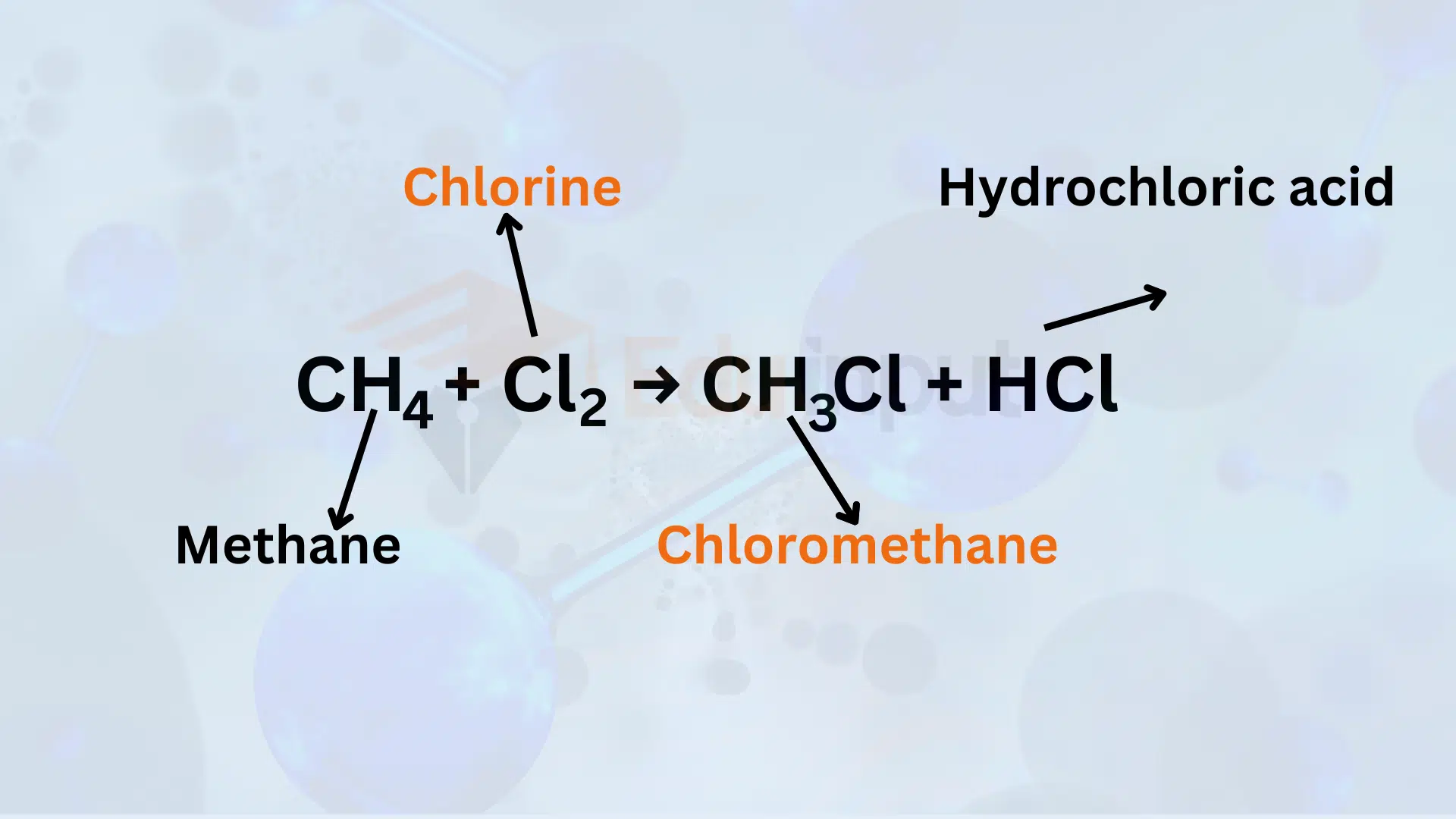10 Examples of Stoichiometry
Stoichiometry is a branch of chemistry that deals with the quantitative relationships between reactants and products in chemical reactions. It plays a crucial role in understanding the composition of substances involved in a reaction. In this article, we’ll explore 10 different examples of stoichiometry.
Examples of Stoichiometry
Here are 10 Examples of Stoichiometry:
1. Combustion of Hydrocarbons – Complete Combustion of Methane
In the complete combustion of methane (CH₄) with oxygen (O₂), stoichiometry helps determine the ideal ratio of reactants for the formation of carbon dioxide (CO₂) and water (H₂O). The balanced chemical equation guides in calculating the quantities of reactants and products.
2. Limiting Reactant – Baking Soda and Vinegar Reaction
When baking soda (NaHCO₃) reacts with vinegar (acetic acid), stoichiometry helps identify the limiting reactant. The balanced equation aids in determining which reactant will be exhausted first, influencing the amount of gas produced.
3. Synthesis Reaction – Formation of Water
The synthesis of water (H₂O) from hydrogen gas (H₂) and oxygen gas (O₂) exemplifies stoichiometry in a simple reaction. The balanced equation guides in understanding the molar ratios and predicting the quantities involved.
4. Titration – Acid-Base Neutralization
In acid-base titrations, stoichiometry is crucial for determining the concentration of an unknown solution. The reaction between an acid and a base involves stoichiometric calculations to find the equivalence point.
5. Gas Stoichiometry – Reaction of Hydrogen and Oxygen
The reaction of hydrogen gas (H₂) with oxygen gas (O₂) to produce water vapor (H₂O) demonstrates gas stoichiometry. Stoichiometric coefficients provide the basis for calculating the volumes of gases involved.
6. Percent Yield – Synthesis of Aspirin
In the synthesis of aspirin, stoichiometry is employed to calculate the percent yield. The actual yield, obtained experimentally, is compared to the theoretical yield predicted by stoichiometric calculations.
7. Decomposition Reaction – Thermal Decomposition of Calcium Carbonate
The thermal decomposition of calcium carbonate (CaCO₃) into calcium oxide (CaO) and carbon dioxide (CO₂) illustrates stoichiometry in a decomposition reaction. The balanced equation guides in understanding the reactant proportions.
8. Redox Stoichiometry – Reaction Between Iron and Copper(II) Sulfate
The reaction between iron (Fe) and copper(II) sulfate (CuSO₄) involves both oxidation and reduction. Stoichiometry helps balance the redox reaction and calculate the quantities of reactants and products.
9. Reaction Stoichiometry – Conversion of Sodium Hydroxide to Sodium Carbonate
The conversion of sodium hydroxide (NaOH) to sodium carbonate (Na₂CO₃) showcases reaction stoichiometry. Balancing the equation allows for the determination of the amounts needed for a complete reaction.
10. Enthalpy Changes – Stoichiometry in Calorimetry
Calorimetry involves measuring heat changes in chemical reactions. Stoichiometry is essential in relating the heat evolved or absorbed to the quantities of reactants, providing insights into enthalpy changes.




Leave a Reply